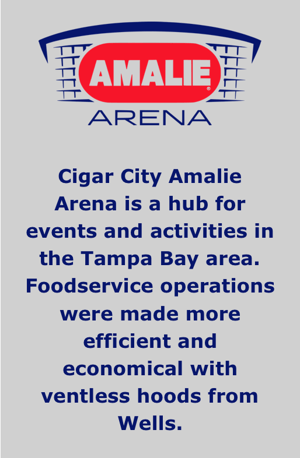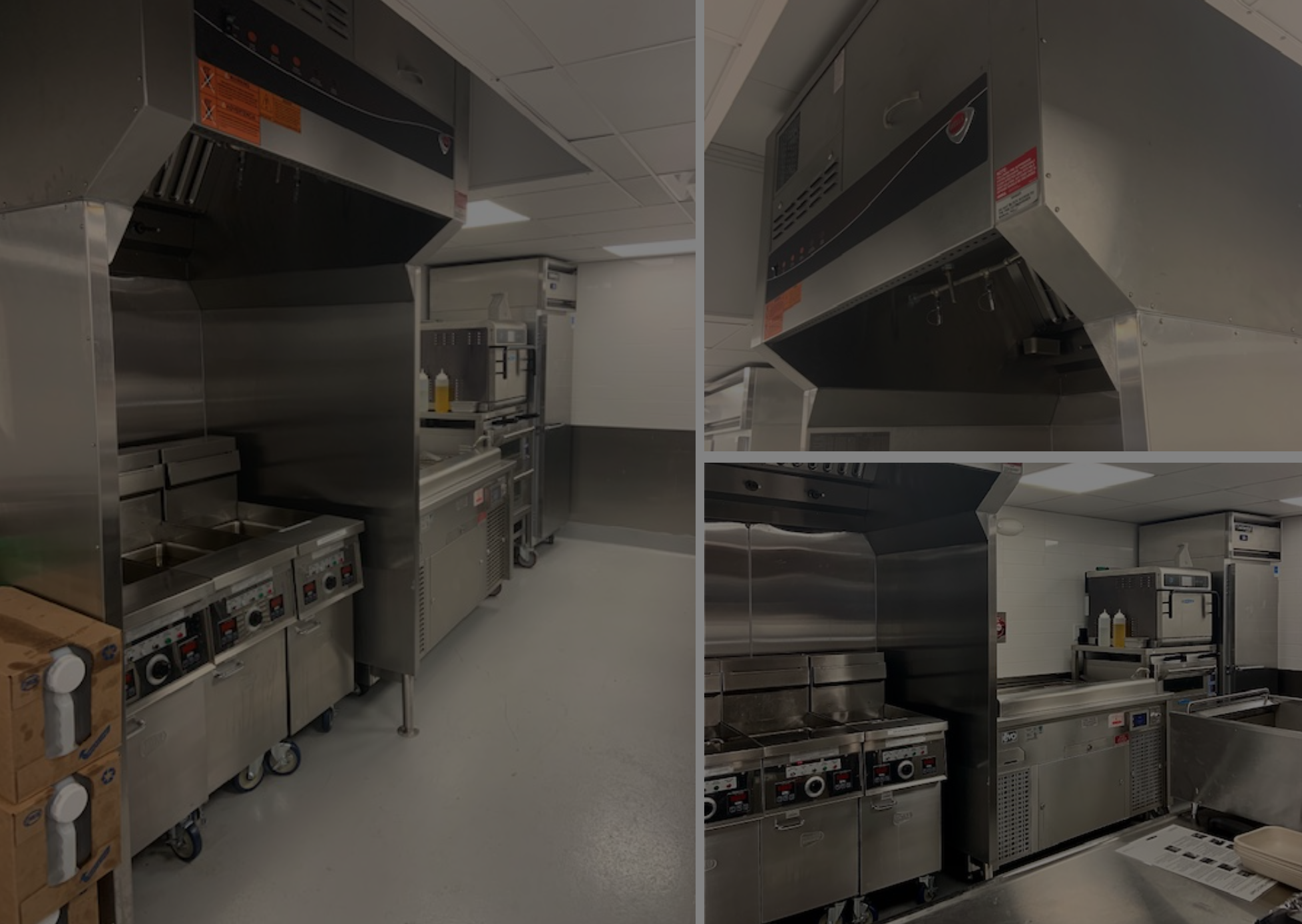Under the Hood: Can Gas Equipment Be Used in Ventless Cooking?
Not to vent here, but you can't use gas-fired equipment in a ventless environment -- only electric. Why? Good question. Let's look under the hood to find out.
IT'S ALL IN THE FILTERS
You wouldn't run your car or gas-powered generator in your closed garage, would you? No. There's no ventilation, and carbon monoxide is a sneaky killer. Okay, the worry in a commercial kitchen isn't so much the carbon monoxide but grease fumes and particulates. You've got to filter those out to prevent fume backups into your kitchen.
Type-1 ventless hoods use a 3-stage filter system with a baffled grease filter, a charcoal or HEPA filter, and finally, a paper filter. These filters remove grease and odors. They also remove smaller particulates before recirculating the air. This aids in keeping the kitchen cooler, as well as keeping workers from irritated eyes and respiratory issues.
 VENTLESS HAS ITS LIMITATIONS--AND ITS BENEFITS
VENTLESS HAS ITS LIMITATIONS--AND ITS BENEFITS
Commercial kitchens aren't the wide expanse that most people envision when they think of a foodservice operation. Many are small and narrow galley kitchens, with space to move around quickly at a premium. If you're using a gas-fired stove with no ventilation -- first, you won't get past inspection. Second, even if you do get past inspection, your kitchen's at risk for fire and fume build-up.
Is high-volume production in the works for your kitchen? You'll still want to go with a traditional CKV system over regular equipment. But if ventless equipment would work better, remember that you'll have to deal with local codes and permits before incorporating ventless equipment into your operations. It also helps if the equipment fits through a standard 36-inch door frame, so size matters.
Measure the space where the unit is going to be installed and check for proper clearance. It's expensive, running an average of $2200 per linear foot. That's high-end real estate. But the nice thing is that you can use ventless equipment in those smaller kitchens and later move the equipment with you should you expand your kitchen to another location.
Robert Doland, FCSI, Principal at Jacobs, Doland, Beer, a New York-based consulting firm, agrees that "ventless equipment allows for tremendous flexibility for locating cooking and service points within a food service facility."
"When compared to the overall cost of putting in a fire-rated exhaust shaft through a building, [ventless] units may cost substantially less. Plus, operators can do more cooking in smaller spaces, reducing the facility's overall footprint, which translates into cost savings."
Doland adds that operators must careful attention to the amount of steam and vapors in the effluent of the cooking device, noting that maintenance is key and cannot be ignored because your cooking units can become inoperable over time. They also shut down for safety reasons. Doland warns that 'if this happens during service hours, it could be disastrous."
SHOULD YOU CONSIDER GOING VENTLESS?
While ventless exhaust systems largely eliminate grease and reduce odors, the systems don't exhaust like traditional vented systems do and odors and particulates can linger. So the more open space around ventless equipment, the better. But if your kitchen has limited space and wasn't designed to build-out for a traditional CKV, then totally consider going ventless.




